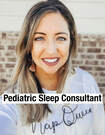|
Both of my babies loved being swaddled as newborns, and both of them transitioned out of the swaddle around 2-3 months old. My first was sleeping 11 hours straight at night around 10 weeks old, and my second was sleeping 11-12 hours straight before 10 weeks old. The transition out of the swaddle went great for both of them, because they already had good sleep habits and knew how to get themselves to sleep.
Starting your baby in a tight and cozy swaddle as a newborn will help them feel secure and will reduce their startle reflex, which will help them sleep better. When your baby is a newborn, work on independent sleep skills. While many parents get nervous about this transition, it almost always goes more smoothly than imagined. Here are some tips about when and how to transition out of the swaddle. WHEN?
HOW?
If your baby has a hard time during the transition out of the swaddle, give them a night or two to adjust, and they'll usually get back on track quickly on their own. If you haven't sleep trained yet, this is a great time to start sleep training! If you need help, reach out, and I would love to help you! Below are some of the swaddles, sleep sacks, and transitional swaddles I recommend. Leave a comment and share below - when did you stop swaddling, and how did your baby do with the transition?
5 Comments
The first thing I want to say is this: if you enjoy nursing your baby to sleep, and are fine with doing it for bedtime and all wake-ups in the night and naps, and it's working for you - that is fine! There's no need to change anything.
I breastfed both of my babies for over a year, and both of my babies were sleeping completely through the night (11-12 hours straight) without night feedings before 12 weeks old. They did this all on their own- no crying or forced night weaning. This post is not about night weaning or completely weaning from breastfeeding. It's not about your decision to breastfeed, exclusively pump, formula feed, or a mixture or combo of any of those. Those are personal decisions, and the right choice for you is the one that works for you! I'm not advocating breastfeeding over any other type of feeding. I'm a fan of feeding babies, however you want to feed them. This post is for those mamas who enjoy feeding their baby, but want to help their babies learn independent sleep skills. Breastfeeding or bottle feeding babies to sleep is common, and it is also natural. Breastfeeding (especially at night) releases sleepy hormones to moms and babies, and it's a natural way to cuddle and comfort your baby. I've done it with my own babies! And I've used it as a "secret weapon" to get them back to sleep when nothing else worked or when my son had ear infections as an infant and couldn't be calmed any other way. I enjoyed the sleepy milk comas and cuddles with my babies as they nursed to sleep cuddled in my arms. It's sweet, I get it. But I also knew that for me, it was important for others (daycare workers, husband, babysitters) to be able to put my babies to sleep, and I didn't want nursing to sleep to be the only way they could get to sleep. If you're ok with nursing to sleep and it's working for you - YOU GO! That's awesome. If it's NOT working for you, here are some tips to help:
Feeding to sleep can cause babies to not get full feedings, and wake up sooner because they're hungry. When they get full feedings, they're likely to sleep better and longer because they're full. It can cause them to wake up more in the night because when they transition from one sleep cycle to another, feeding to sleep is the only way they know how to get back to sleep, so instead of putting themselves back to sleep and connecting sleep cycles, they are crying until they get fed to sleep again. I've worked with moms who nursed or bottle fed to sleep and thought their babies would grow out of it, and still at age 2-3 years old, the child needed the mom to nurse them to sleep for every nap and bedtime, and all throughout the night. Once a baby has developed a feed-to-sleep association, it's not likely the baby will give it up and learn independent sleep all on their own without being taught, which is what sleep training does. To break your child's feed-to-sleep association, be intentional and consistent with sleep training, and your child can learn to go to sleep completely on their own. If you want to continue to breastfeed during the day (or even keep night feedings if your baby needs them), you can do that as long as you want to! I've helped many moms who had been feeding their babies to sleep, and during our time together, we were able to teach their babies to go to sleep on their own. Imagine being able to cuddle your baby and then lay them down in their crib wide awake, walk out of the room, and watch on the monitor as your baby smiles and coos and falls asleep all on their own within a few minutes. The easiest way to not nurse to sleep is to not ever start that habit - to start from day one allowing your newborn to fall asleep without feeding (which is what I did). But if you missed that window and it's already become a habit, there's never a time when it's TOO LATE to break that habit. You can start today. As long as you have a plan and stay consistent, your child can learn independent sleep! And if you want help, I would love to help you with this! Click HERE to read about my sleep training packages. I remember being an expectant first time mom, and pouring over my baby registry and shopping list. I looked at Amazon reviews, went into stores to look at products in person, asked all of my mom friends for advice, and thought we needed all of the things. Like many first time moms, I got way more of everything that I needed, and by the time I had my second baby, I realized, you don't really need that much for new babies. They don't take up much space, and their only needs are: someplace to sleep, food to eat, and diapers. Pretty simple. My biggest advice for new parents is not to stress about the things, or get too much stuff. You won't need half of the stuff you think you'll use. Everyone has their own list of lifesaving products that made things easier, and things their baby didn't like at all. Another piece of advice I have is wait until you know your baby and see what your baby does or doesn't like, before you make all of your decisions about what your baby will want. Here's my list of recommended products, but keep in mind: you don't need the most expensive stuff to help your baby sleep. Can you buy a $1300 Snoo to help your baby sleep? Yup. You can! But you don't need to. Your baby will be fine sleeping in a $40 pack-n-play or hand-me-down crib. I've heard of moms who literally spend over a thousand dollars on products to help their babies sleep, and good sleep is not about the products, it's about teaching your baby good habits. With that in mind, here are a few things I love: Ten Things to Get 1. Blackout Curtains - You can use shades, curtains, or even cardboard taped over your window! Anything that blocks out the sunlight will help your baby sleep. 2. Sound Machine - Choose one that can play regular white noise, and keep it running all night long. The exception is the Baby Shusher, which can be used in addition to a white noise machine, and can help new babies fall asleep independently. 3. Someplace safe for the baby to sleep - You can use a regular crib, and I have two mattresses listed above. You can use a basinet, such as the Halo Basinet or the Arms Reach Co-Sleeper, or a Pack-n-Play. 4. The only thing that's safe to be in the crib with the baby is a fitted crib sheet. No loose blankets. If you do use a swaddle blanket, make sure it is snug around the baby. The Aden + Anais muslin swaddle blankets are large, stretchy, and breathable, and are great for swaddles if used properly. 5. Swaddle Sack - If you're not confident with your swaddling skills (I'm not!!), a swaddle sack is amazing! You can use the Velcro kind, or the Nested Bean Zen Sack, which has a light weight to help the baby feel secure. The Love to Dream Swaddle Up is great because it zips up and keeps your baby secure, and allows hands up by their face for self-soothing. 6. Zip Up Sleepers - During those middle of the night diaper changes, when it's dark and you're tired, and your baby is wiggling, it's easier to zip up their pajamas instead of button 15 tiny buttons or snaps. 7. Cool Mist Humidifier - This will add moisture to the air and help your baby breathe and sleep easier, since babies are prone to congestion and they breathe through their noses. 8. Baby Monitor - A video baby monitor will allow you to see your baby when you're in another room. It doesn't have to be a fancy one, but there are monitors with options to see the temperature of the room, allow you to talk to your baby, and the Nanit Plus Baby Monitor even has sleep tracking and Alexa-enabled capabilities. Ten things you don't need1. Crib Bumpers - Even the mesh kind are not safe.
2. A Mobile - This can be too stimulating and keep the baby awake. 3. Blankets in the Crib - You shouldn't ever have baby blankets in the crib with your baby. 4. A Dock-a-Tot, Snuggle Me, or Any Other Lounger - These may be great for laying your baby down on when the baby is awake and you're supervising your baby, but they are not safe for sleep. 5. Lights or Projectors - Some people use projection lights, night lights, or starry sky lights in their baby's rooms (I did with my first!), but they are not necessary for babies, and they can actually disrupt sleep. 6. Swing, Mamaroo, Rock-n-Play - The Rock-n-Play has been recalled for safety, but baby swings and Mamaroos are still on the market. These are not safe for sleep, even if the baby is supervised. 7. Baby Positioners- You don't need anything in the crib to keep your baby in a specific position. 8. Breathing, Heart Rate, Oxygen Monitor - If your baby is full term and healthy, an Owlet or any other kind of breathing monitor. These have been known to have false alarms and cause anxiety in parents. 9. Medicine, Melatonin, or Sleep Aids - These are not safe for babies. If you're concerned about teething or gas pain, ask your doctor about using Tylenol, Motrin, or gripe water. 10. Stuffed Animals or Loveys - These are not safe for sleep. |
Lynne HowardPediatric Sleep Consultant Archives
June 2023
Categories |

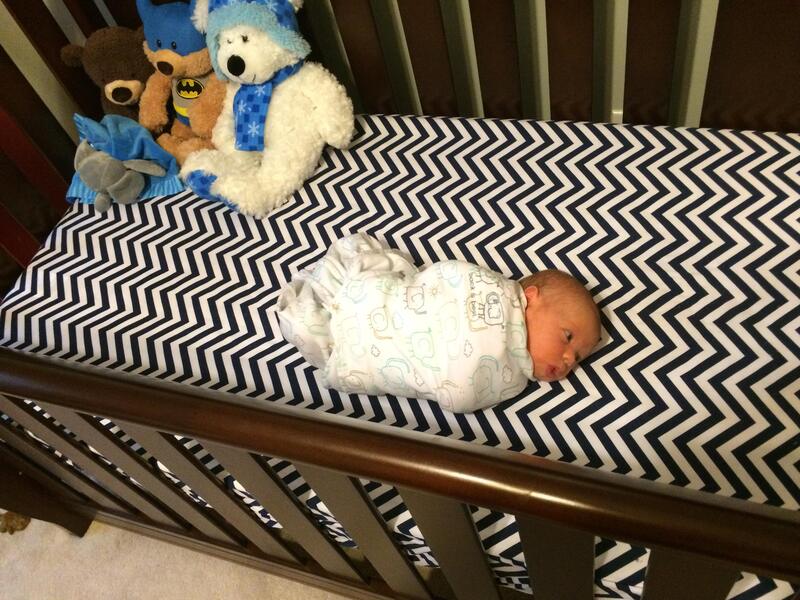
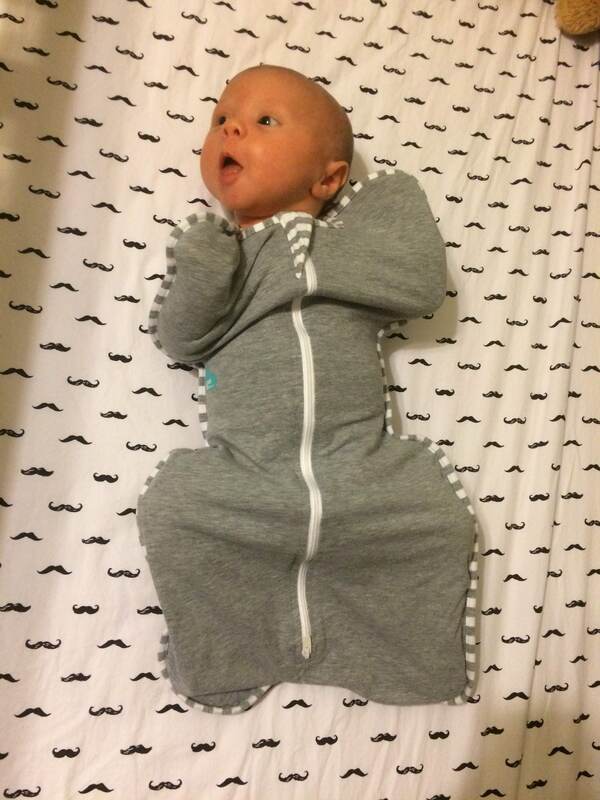
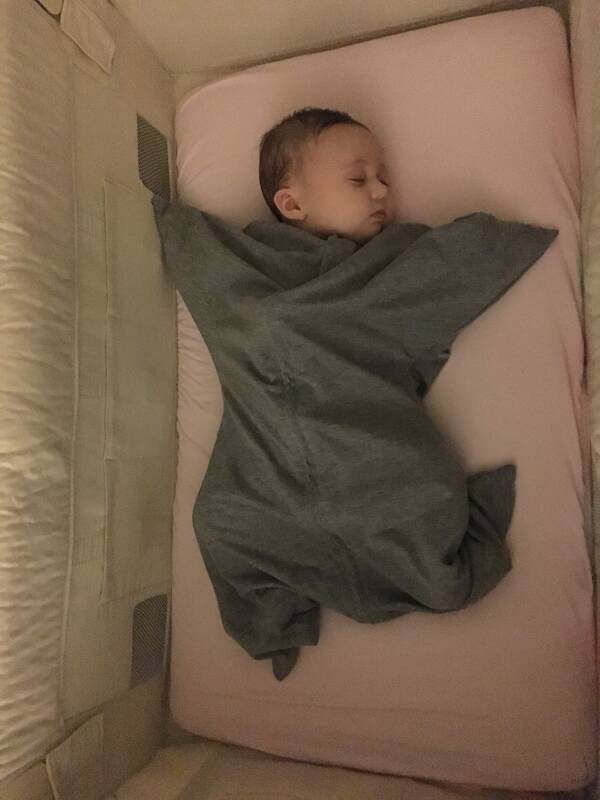
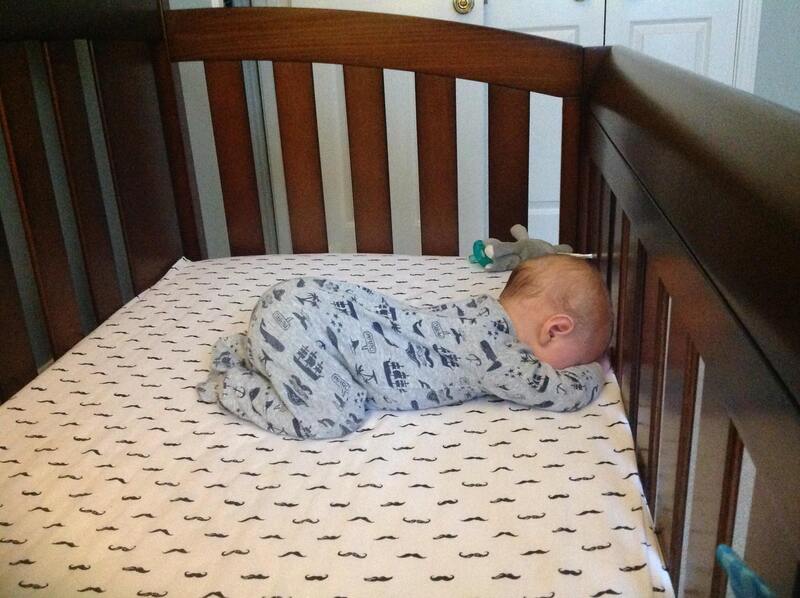
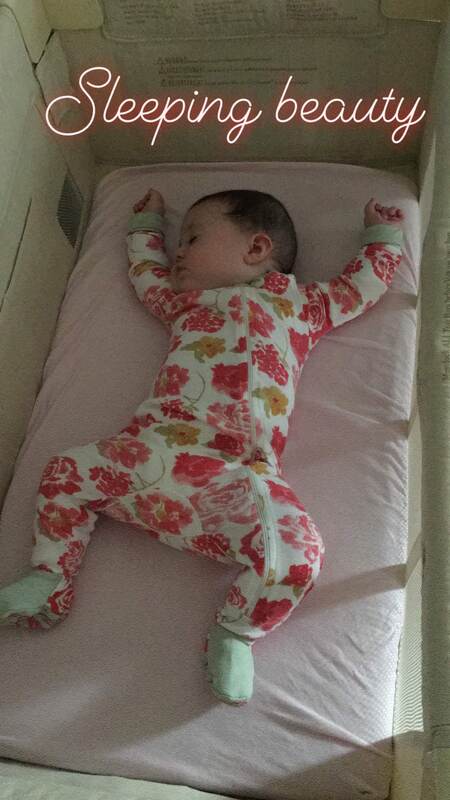
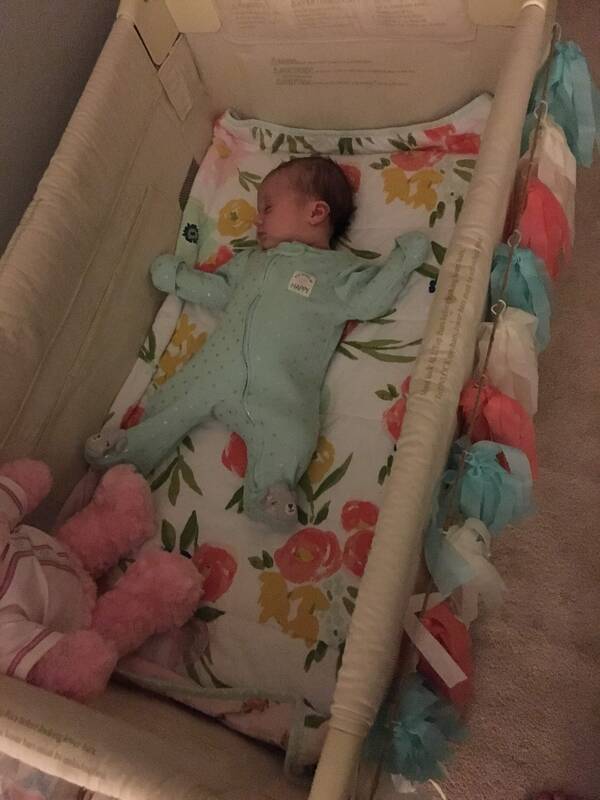
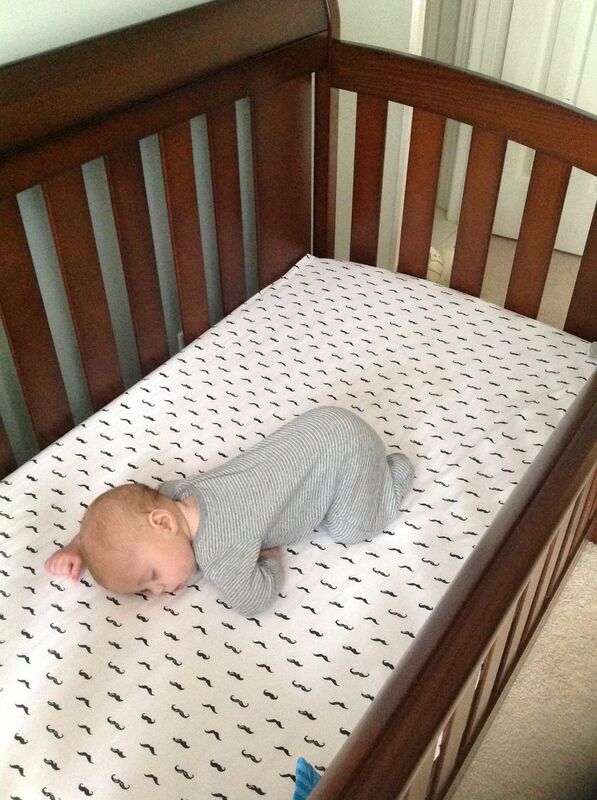
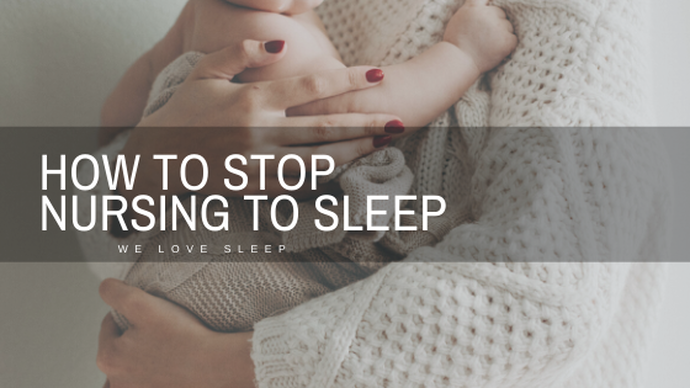
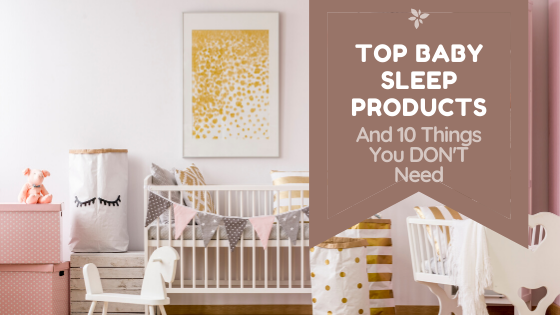
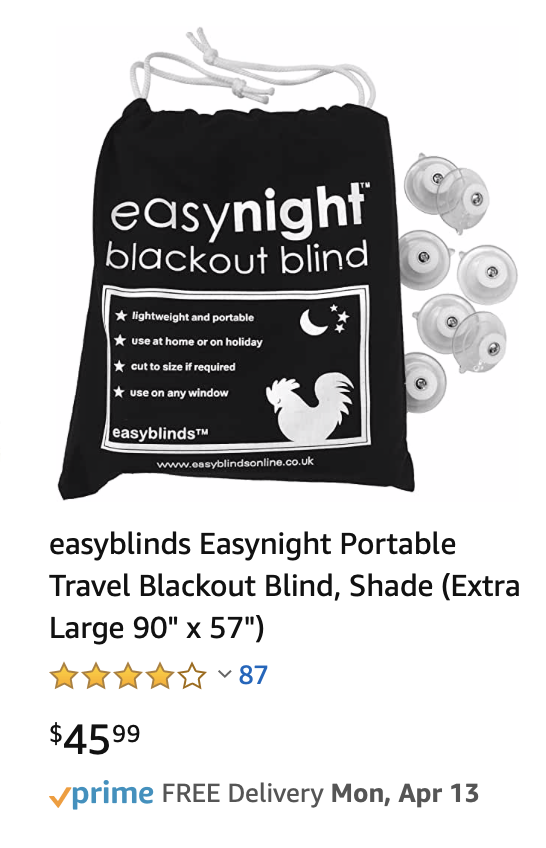
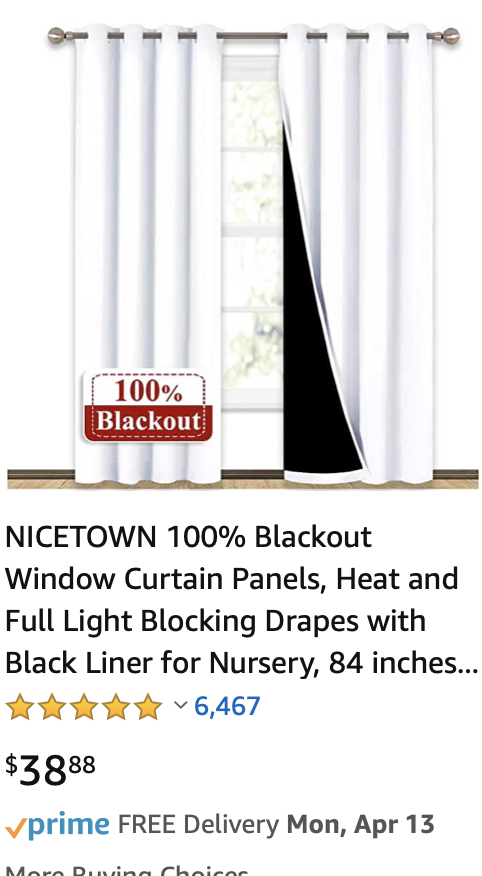
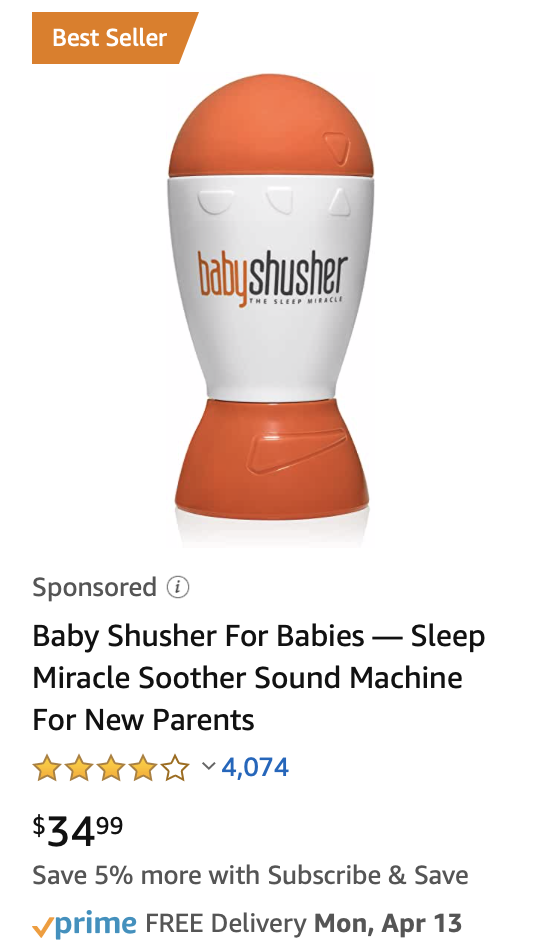
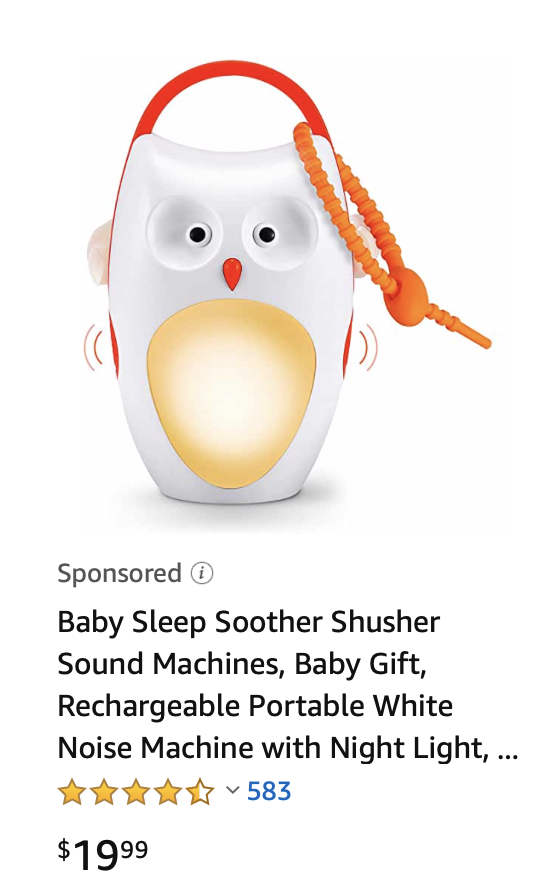
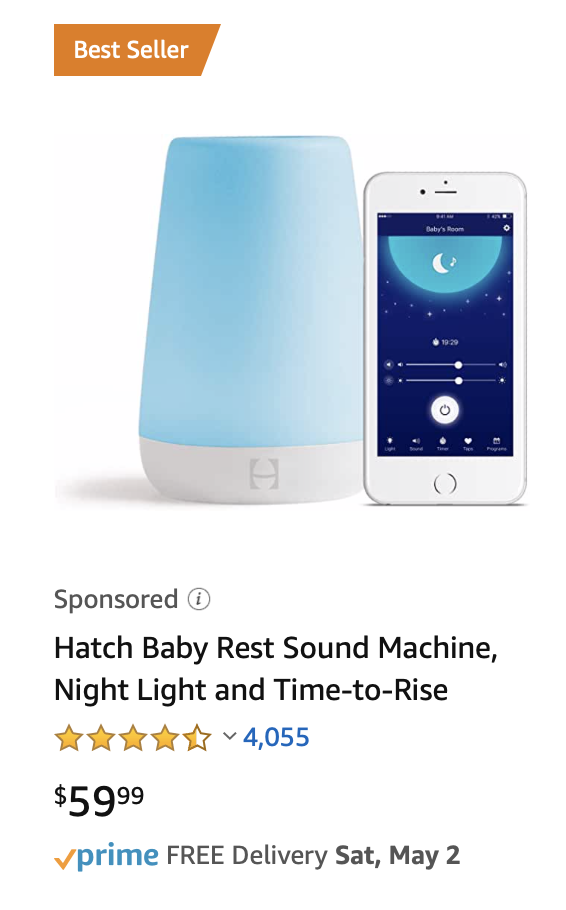

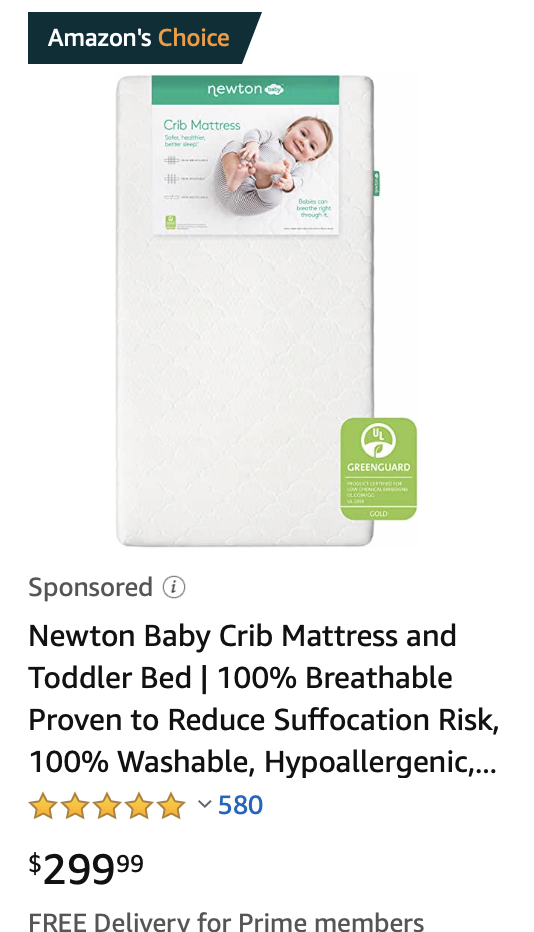
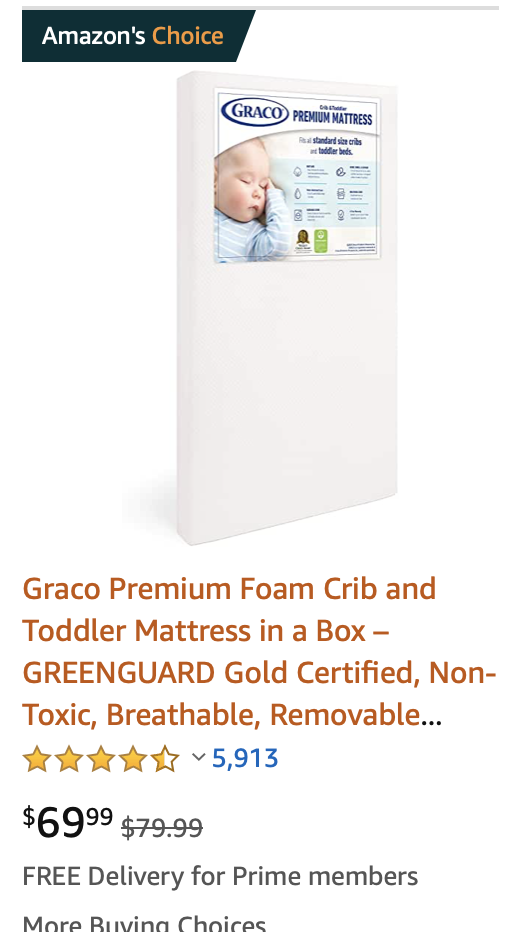
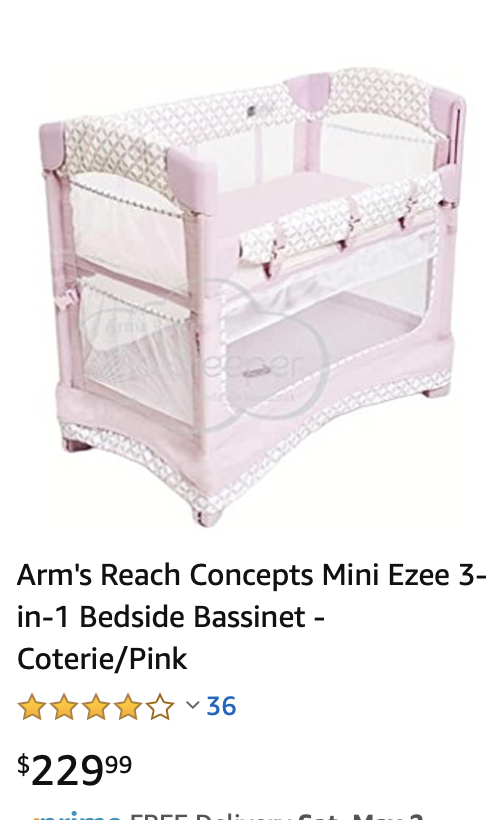
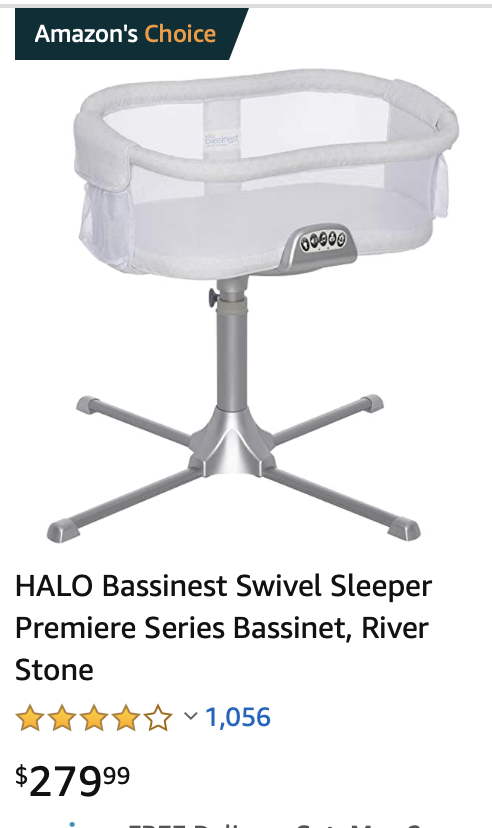
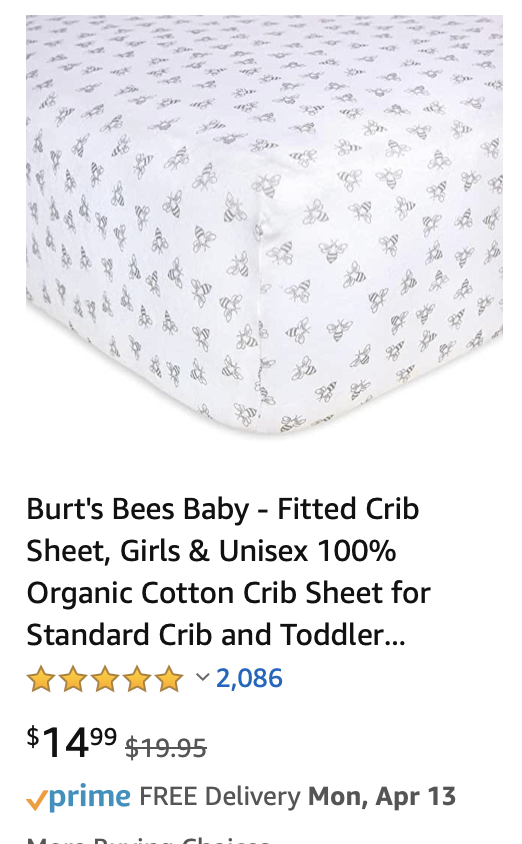
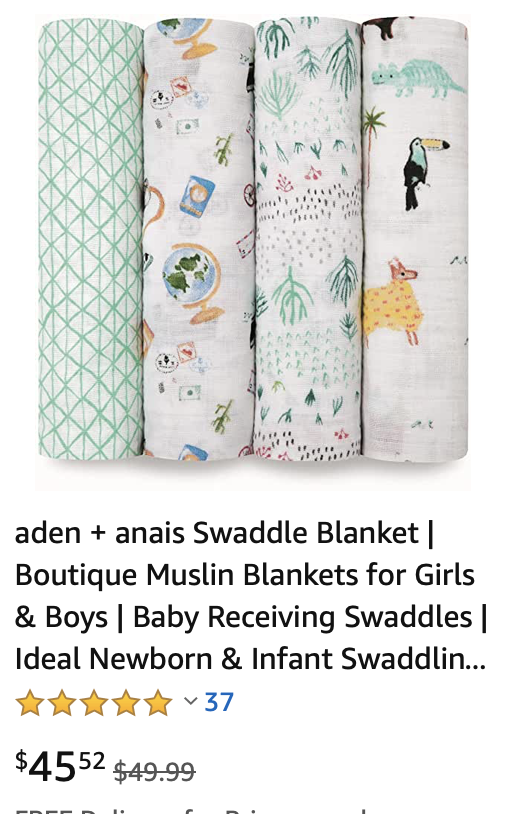
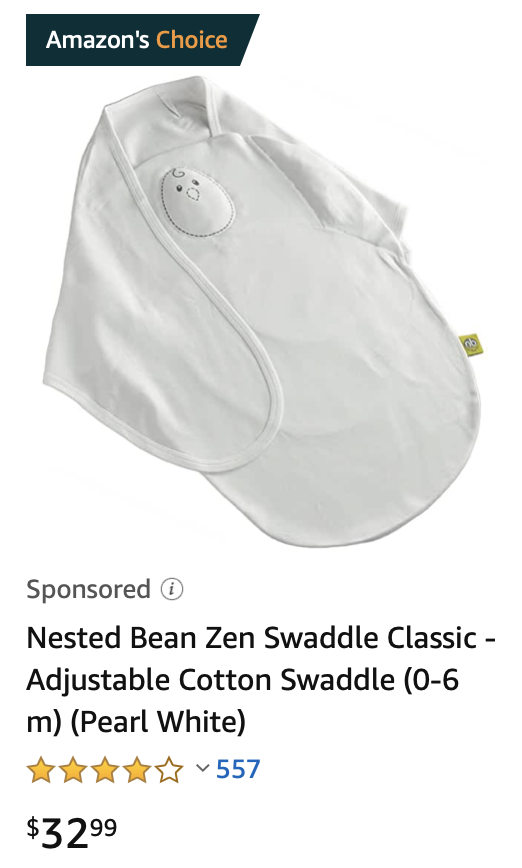
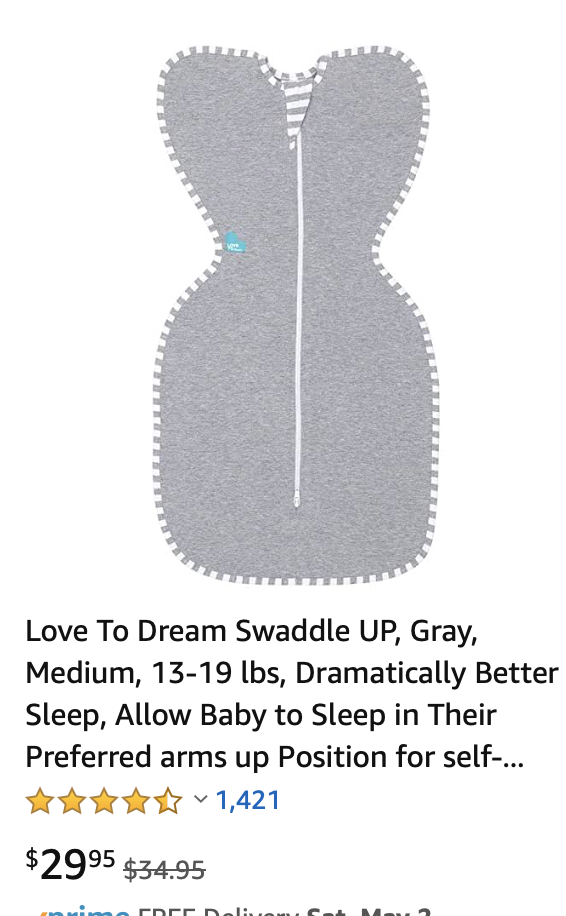
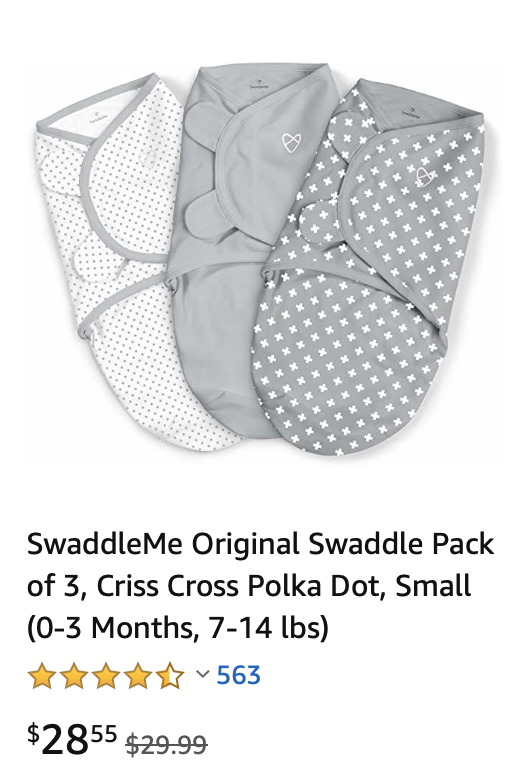
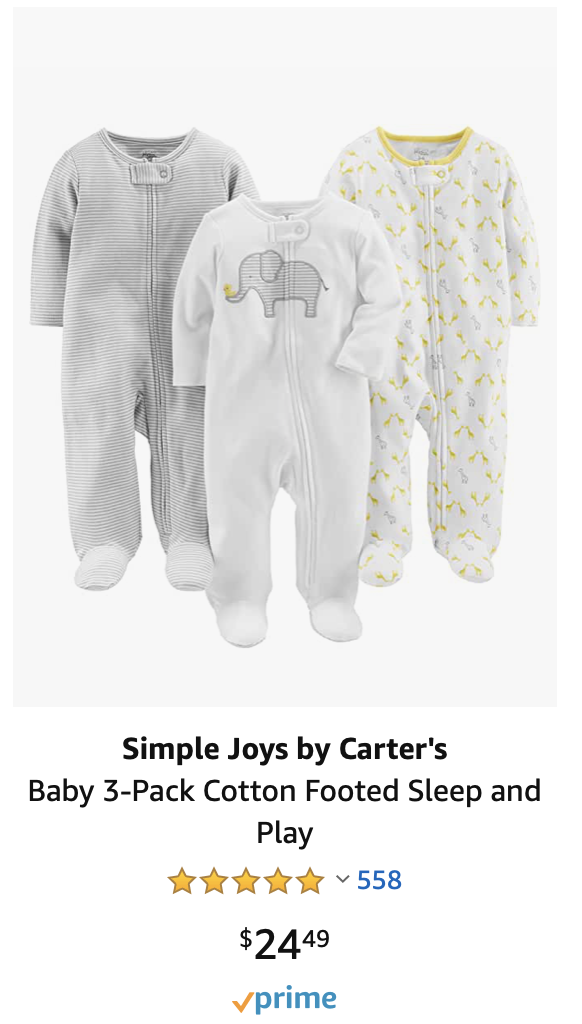
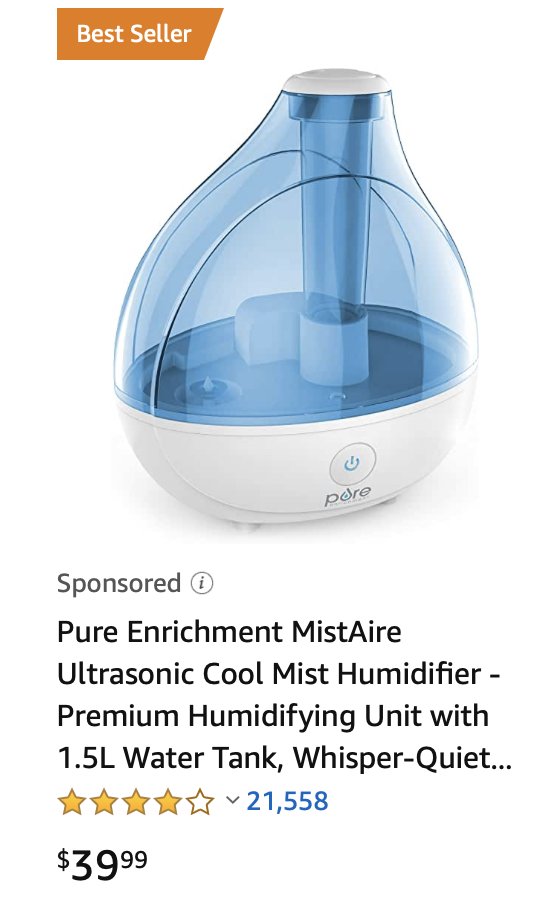
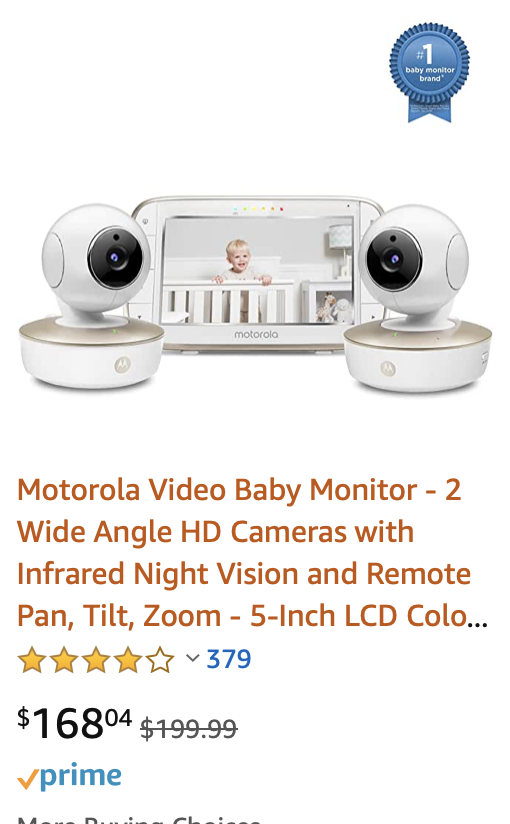
 RSS Feed
RSS Feed
